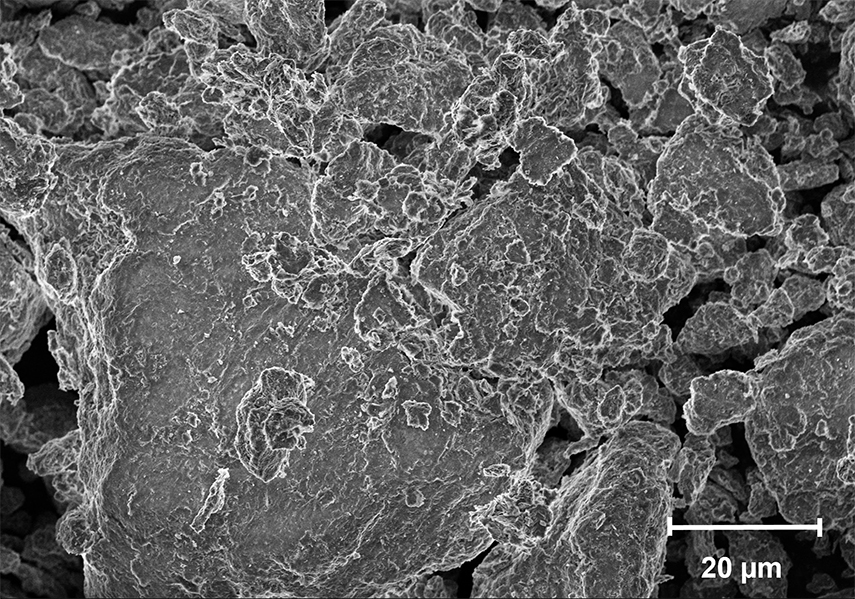New research reveals how soil sequesters plant-based carbon

Published: April 9, 2024
Category: Regenerative Agriculture
Carbon either gets trapped or feeds microbes that respire CO2 into atmosphere
A recent study from Northwestern University offers answers to why some plant-based carbon molecules are sequestered in soil and others are respired as CO2. “There are many efforts to keep carbon trapped to prevent it from entering the atmosphere,” said Northwestern’s Ludmilla Aristilde, senior author. “If we want to do that…we first must understand the mechanisms at play.”
The research was published in Proceedings of the National Academy of Sciences, offering previously unknown information on many factors influencing carbon trapping in soil.
Using laboratory experiments and molecular modeling, researchers looked at interactions between organic carbon biomolecules and a type of clay minerals called smectite clay that sequesters carbon in natural soils. When carbon molecules from plants enter soil, one of two things happens: they either get trapped for days or years, sequestered from the atmosphere, or they feed microbes which exhale carbon dioxide into the environment. The path they follow depends on electrostatic charges, structural features of carbon molecules, surrounding metal nutrients in soil, and competition among molecules.
Aristilde and team examined smectite clay mineral’s surface bonds to different molecules with varying structures and chemistries. The clay minerals are prevalent in semi-arid and temperate climates, regions often impacted by climate change.
The study showed that the binding was not solely determined by electrostatic charges, but also by structural features of the binding. In addition, surrounding natural metal nutrients (such as magnesium) could form unexpected bridges between the biomolecules and clay. Biomolecule competition was also noted.
Source: Northwestern University
To view source article, visit:
https://news.northwestern.edu/stories/2024/02/understanding-how-soil-traps-carbon/?fj=1
Organic & Non-GMO Insights April 2024




